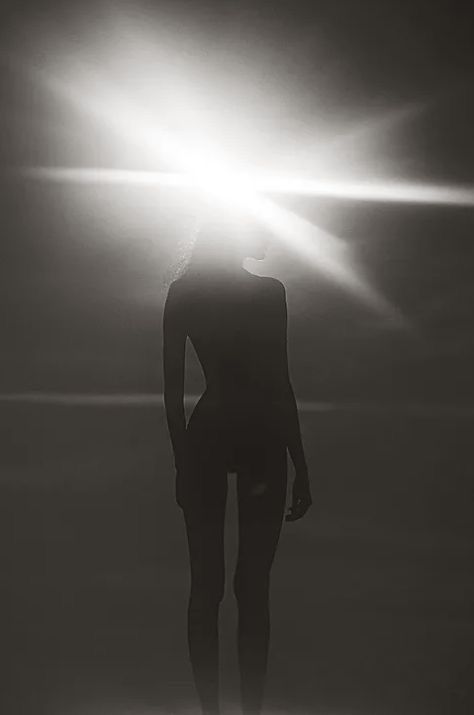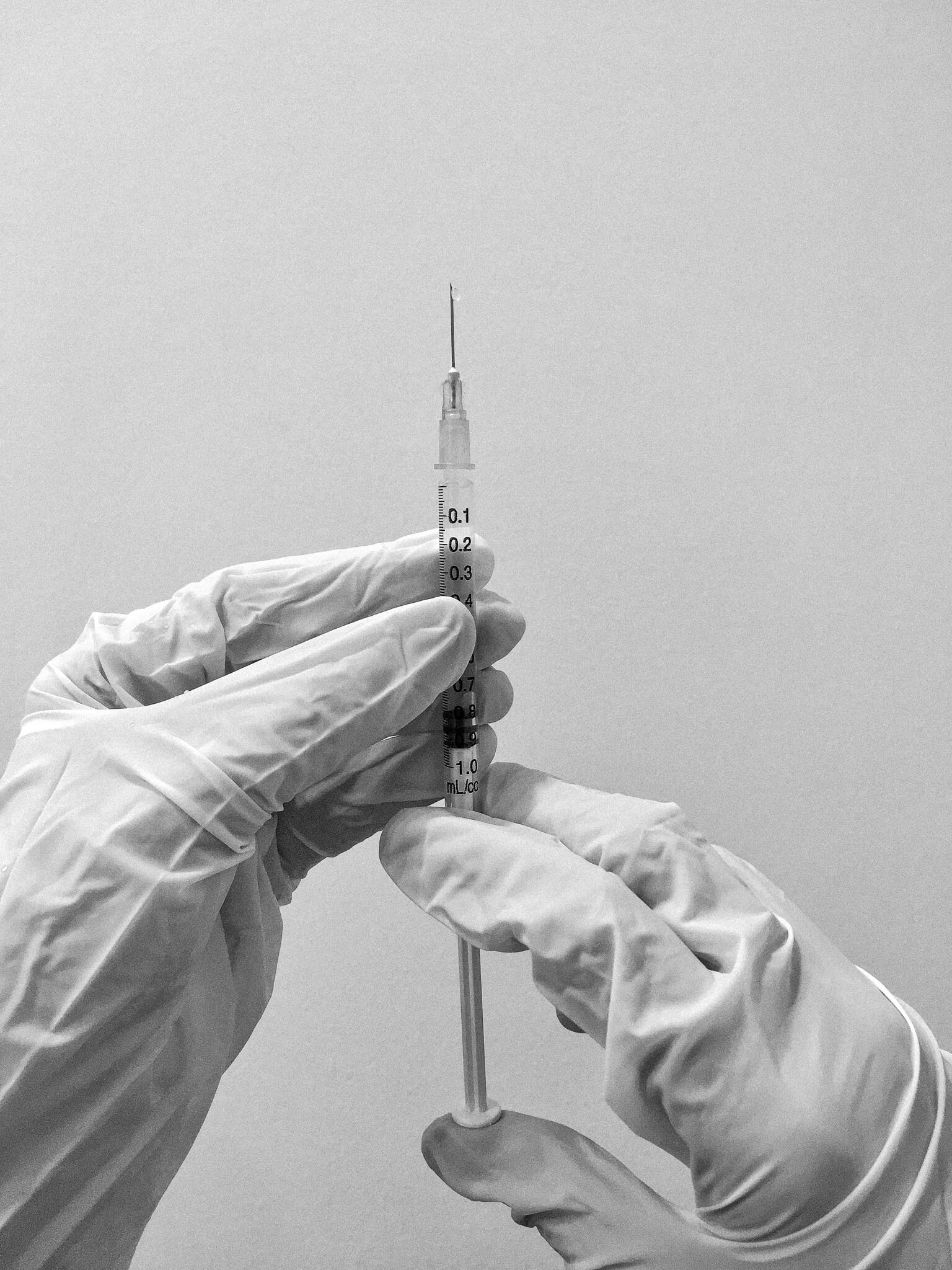aescend aesthetics
What is LED?

Light emitting diode (LED) is technology originally harnessed by NASA to encourage growth of plants in space.
⠀⠀⠀⠀⠀⠀⠀⠀⠀
In a cosmetic sense the technology is adapted to assist with wound healing, reduce inflammation, induce collagen production and manipulate the activity of bacteria.
⠀⠀⠀⠀⠀⠀⠀⠀⠀
Different wavelengths of the light spectrum (blue, green, red, infrared, yellow) penetrate the skin at different depths and can affect biochemical processes in tissue thereby altering cellular function.
⠀⠀⠀⠀⠀⠀⠀⠀⠀
BLUE light reduces the activity of the sebaceous glands and is also absorbed by P acnes bacteria, providing an effective adjunctive treatment for acne. Blue light may also assist to heal third degree burns
⠀⠀⠀⠀⠀⠀⠀⠀⠀
RED light is thought to stimulate fibroblasts (cells that produce collagen) and may therefore improve healing, and the signs of ageing. Red light is also good for reducing inflammation and treating inflammatory skin conditions such as eczema, psoriasis, rosacea and dermatitis. Via its effects on collagen, red light may improve skin hydration, the appearance of fine lines, muscle recovery and pain.
⠀⠀⠀⠀⠀⠀⠀⠀⠀
GREEN light may help to reduce the activity of melanocytes (pigment producing cells) thereby reducing the appearance of brown spots/freckles as well as influence symptoms of depression via encouraging the release of serotonin. It is through these effects that green light is also thought to also influence hunger and appetite.
⠀⠀⠀⠀⠀⠀⠀⠀⠀
INFRARED light works similarly to red light, though has the ability to penetrate deeper into tissue and influence lymphatic drainage. Thought to stimulate energy production in cells, IR expedites recovery from swelling, bruising and inflammation.
⠀⠀⠀⠀⠀⠀⠀⠀⠀
We use LED as an adjunct to many of our in-clinic treatments, offering it as a free service to help with bruising following procedures.
⠀⠀⠀⠀⠀⠀⠀⠀⠀



